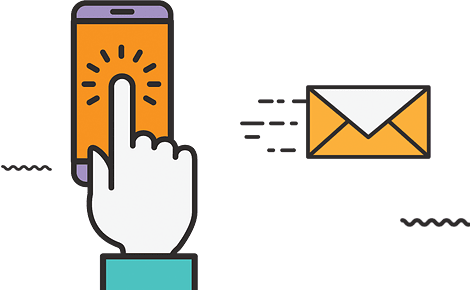
Ever wonder how some businesses effortlessly guide their audience from casual browsers to loyal customers? It’s not magic—it’s the content funnel in action. A solid content marketing funnel can make all the difference in converting curious visitors into paying clients. But let’s be honest—content marketing sometimes feels like throwing spaghetti at the wall, hoping something sticks. What if you had a clear roadmap that took your audience on a journey instead? A journey that builds trust answers their questions and naturally leads them to choose you over the competition. Sound like a thing? Then, let’s delve into the intricacies of the content marketing funnel.
What is a Content Funnel?
A content funnel is a strategic process designed to move potential customers from awareness to conversion through targeted content. The concept revolves around delivering content that aligns with where your audience is in their buyer's journey—whether they’re just becoming aware of your brand, considering their options, or ready to make a purchase. Simply put, the content marketing funnel is about providing relevant and valuable information at each stage of the customer journey. The ultimate goal is to build trust and credibility while nudging the prospect closer to becoming a paying customer.
Understanding the Content Marketing Funnel
The content funnel is a specific approach that uses content to attract, engage, and convert customers. Unlike traditional sales funnels, which often focus on direct promotion, a digital marketing sales funnel emphasises delivering educational and engaging content that resonates with the audience. In digital marketing, content isn’t just about driving sales—it’s about building relationships. With the right content marketing strategy in place, you’ll create a steady flow of leads while nurturing your existing customers. Let’s break down the content marketingfunnel stages so you can see how to create a clear path for your audience.
Content Funnel Stages: A Breakdown
When it comes to the digital marketing sales funnel, there are typically three core stages:
1. Top of the Funnel (TOFU) – Awareness
At the top of the content funnel, the goal is to create awareness about your brand or solution. This stage is about casting a wide net and educating your audience. At this point, they may not even be aware they have a problem or need a solution.
Content to create at this stage:
- Blog posts
- How-to guides
- Infographics
- Educational videos
For example, if you're a digital marketing agency, you could write a blog titled “What is a Digital Marketing Sales Funnel?” This type of content educates your audience without overtly selling your services, making them aware of your brand in a natural way.
Metrics to measure at this stage:
- Website traffic
- Social media engagement
- New leads or email signups
2. Middle of the Funnel (MOFU) – Consideration
In the middle of the content funnel, prospects are evaluating their options. At this stage, your customers must have identified a problem and are now researching solutions. Your content here should aim to build trust and further engage your audience.
Content to create at this stage:
- Case studies
- E-books or whitepapers
- Comparison guides
- Webinars
Here’s where you demonstrate the value of your solution. For instance, you could provide a case study about how your digital marketing strategies have helped other businesses improve their content marketing funnel.
Metrics to measure at this stage:
- Time spent on site
- Email open rates
- Download rates for gated content
3. Bottom of the Funnel (BOFU) – Decision
At the bottom of the content funnel, prospects are ready to make a purchasing decision. They’ve done their research, and now it’s time to convince them that your solution is the best fit.
Content to create at this stage:
- Free trials or demos
- Pricing guides
- Product comparisons
- Testimonials
At this stage, you want to make the purchasing process as smooth and convincing as possible. You might offer a free consultation or a limited-time discount to help them make that final decision.
Metrics to measure at this stage:
- Conversion rates
- Free trial signups
- Sales numbers
How to Create an Effective Content Marketing Funnel
Building an effective content funnel requires a mix of research, strategy, and creativity. Here are the steps to create one:
- Identify your audience:Before creating content, you need to understand who you’re targeting. Use buyer personas to get a clear picture of your ideal customers.
- Map out the customer journey:Understand the path your potential customers take, from becoming aware of your brand to making a purchase. Itwill help you create relevant content for each stage.
- Create relevant content for each stage:Focus on creating content that speaks to where your audience is in the funnel. For instance, awareness-stage content should be educational, while decision-stage content should focus on benefits and testimonials.
- Distribute your content:Make sure your content is reaching your audience through the right channels—whether it’s through your website, email marketing, or social media
- Track and optimise: Use data to monitor how well your content is performing. Are people engaging with your creatives at the top of the content funnel? Or arethey converting at the bottom? Use this data to refine your strategy over time.
Take Your Digital Marketing to the Next Level
An effective content funnel is the backbone of a strong digital marketing strategy. By creating valuable, targeted content at every stage of the content marketing funnel, you can engage your audience, build trust, and ultimately convert leads into loyal customers. If you're looking to enhance your digital marketing sales funnel and streamline your content strategy, our digital marketing agency is here to help. Contact us today for a free consultation! Let’s build a digital marketing sales funnel that drives results.


